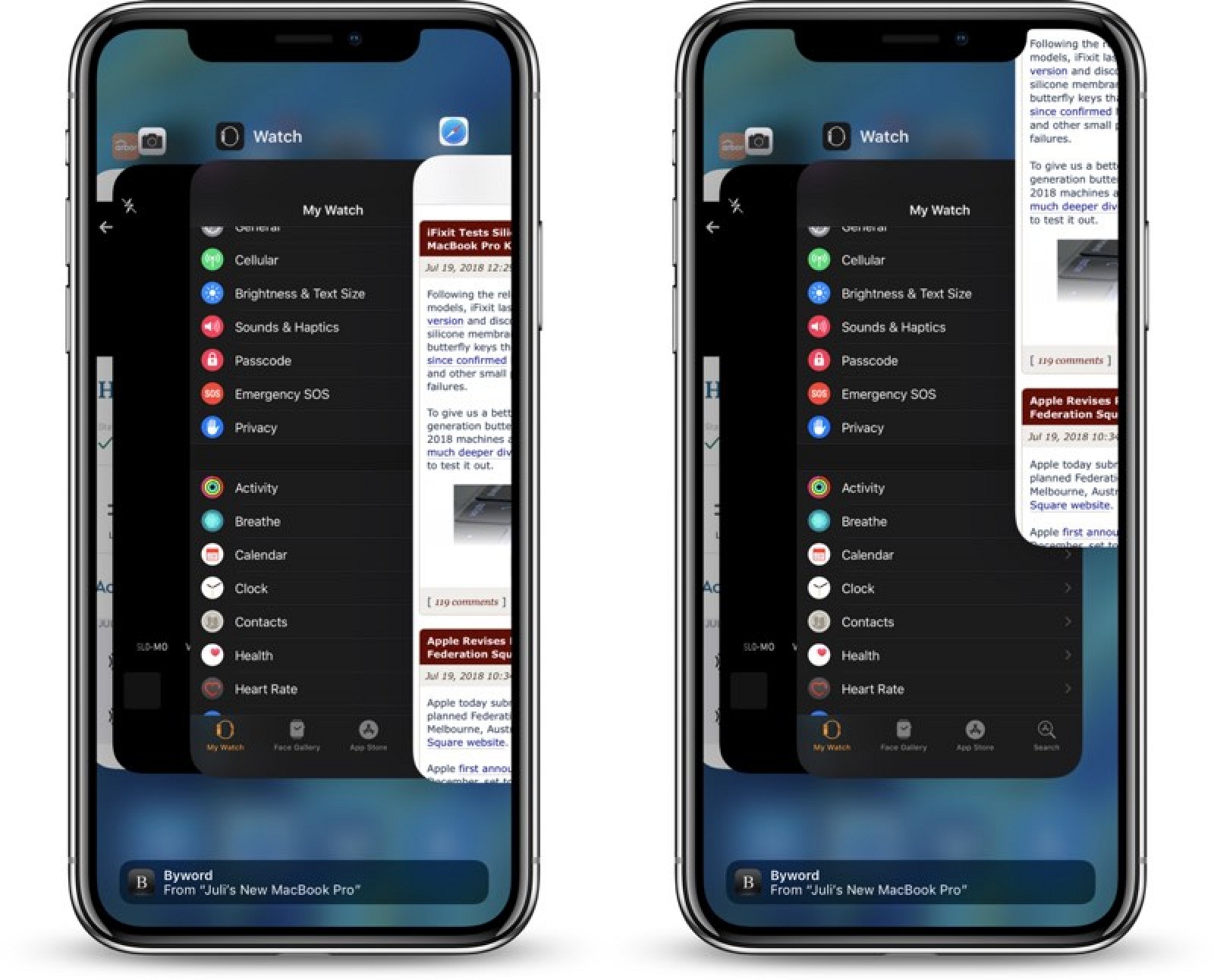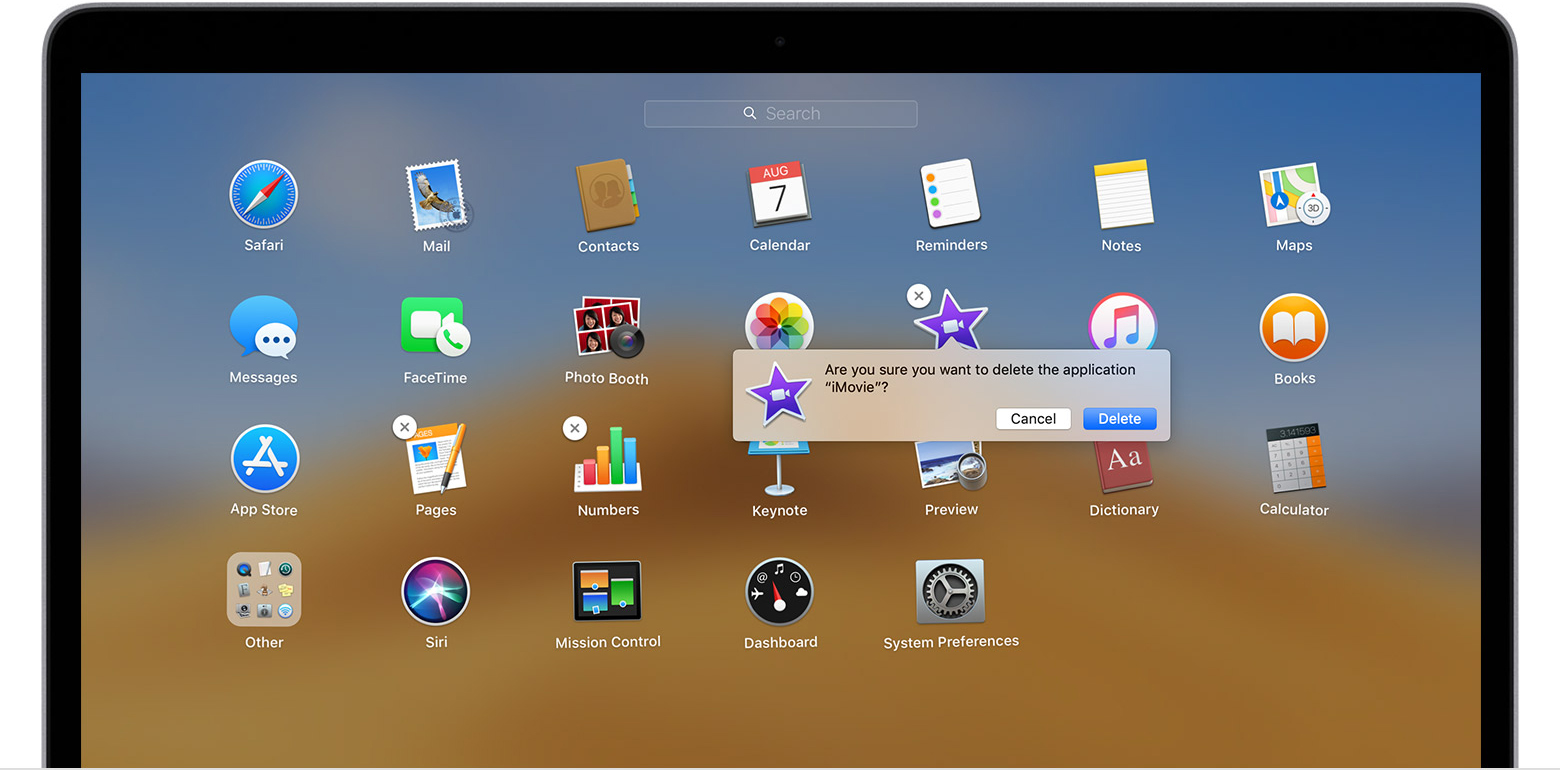- Force Quit App Mac Os
- Apple Wants To Make Changes
- How To Quit All Running Apps On Mac
- How To Force Quit All Apps Mac
- Close All Apps On Mac

Click on the name of the program just to the right of the Apple icon at the top left of the screen. Select Quit program name at the very bottom of the drop-down menu. Use the keyboard.
Are you seeing the infamous spinning beachball of death? Has an application become unresponsive and needs to be closed? There could be too many processes running at once, or you have not one but two or three problematic apps that are putting too much pressure on your hardware. Luckily there is a very simple way to force-quit all apps, and in fact we can even show you how to quit apps in six different ways.
The Difference Between Quit and Force Quit
Force Quit is usually used to close an app that has stopped responding completely and prevents quitting the app normally. To quit (close) the app, you simply need to press Command + Q to choose Quit from the app's menu in the menu bar. A normal closure of the app will display a prompt (if needed) to save any changes you have made and will quit only after answering this prompt. That option disappears when you force the app to quit, similar to choosing “End Task” in the Control Panel after pressing Control + Alt + Delete on a PC.
Six Ways to Quit an App in Any Version of macOS
- Use a keyboard shortcut: hit Command + Option + Escape to bring up the “Force Quit Applications” window, and select the faulty app.
- An advanced version of the key combination without bringing up the aforementioned window: hit Command + Option + Shift + Escape. You might need to hold down those keys for a second or two.
- Use the Option + Right Click trick on the targeted app's dock icon to bring up the “Force Quit” option, and select it to kill the app.
- From the Apple menu: hold down the Shift key while clicking on the Apple menu, and you'll see “Force Quit [application name] in the drop down menu. This isn’t the most effective method, however, as unresponsive apps may have inaccessible menus.
- Use Activity Monitor: if you keep an eye on your Mac's resource hog, Activity Monitor is the best tool to spot unresponsive apps and quit them. Launch Activity Monitor if you haven't already done so and, in the CPU tab, select the process that is using most of the processor's resources and click the “Quit Process” button.
- Use Terminal: this may be the preferred method for advanced Mac users, but it's easy to get used to once you have got the taste for working with Terminal. If you have tried all the above without success, you can always turn to Terminal and type the following command:
killall [processname]
Download CleanMyMac X from MacPaw’s website and clean up to 500MB of junk data from your computer while enjoying all the features of the software without major limitations.
Some Mac optimization apps such as CleanMyMac include a handy system monitoring features. Since it keeps an eye on your system, CleanMyMac notifies the user if it spots an unresponsive app and offers to quit it via the notifications window.
Force Quit App Mac Os
How to Quit All Open Apps at Once
macOS includes a very handy feature called Automator, which is used in this trick to close all running applications. And it can also be tweaked by adding exceptions.
- Launch Automator by typing its name into Spotlight, and hit return when you see it in the search suggestions.
- Hit Command + N to initiate a new action.
- Choose to create a new “Application”.
- In the search box, type “quit”, then drag and drop the “Quit all applications” into the right side of the app window.
- Hit “Save”, and name it something like “Quit All Open Apps”.
With this you have created a new app with a single purpose: to quit all apps. The best part of all is that you can fine tune it by adding exceptions. In our example, the exception was Spotify. Isn't that fun?
Best Mac Optimization Software of 2020
| Rank | Company | Info | Visit |
| |||
| |||
|
Get the Best Deals on Mac Optimization Software
Stay up to date on the latest tech news and discounts on Mac optimization software with our monthly newsletter.
What happens when you are using an app on your Mac and suddenly it stops responding? While some apps recover in a few seconds/minutes and work normally, some apps may get stuck with an unresponsive app and you can’t wait to recover. If you encounter an unresponsive app on your Mac, here’s what you can do to.
Although the apps get back to the normal state, sometimes the apps get stuck on the screen due to several reasons, say not getting enough memory or CPU resources (waiting for it to be free to get back to normal), or maybe the version of your Mac is not compatible with the app or vice versa, or you can say app itself has a bug that crashes or makes the app unresponsive.

No matter what the problem is, you start getting frustrated because the app is working fine for you but suddenly stops responding. It happens with me when I open multiple tabs of Chrome and since the app is hungry for memory, the app starts responding slowly until it gets stuck. Similarly, with the iMovie.
So, the solution here is to wait for a long time to recover which may not be guaranteed or quit the app forcefully and relaunch for a fresh start.
How To Force Quit An App That’s Not Responding On Your Mac
Apple Wants To Make Changes
To quit an app normally, you can always choose ‘X’ icon in the top left corner of the app, use the menu bar and select Quit or simply quit the app using the shortcut Command + Q. If an app on your Mac stops responding and you can’t quit the app normally, use Force Quit to close the app.
Follow these steps to force quit an app on your Mac.
Launch the Force Quit using the keyboard shortcut,
- Command + Option + Esc
This is similar to pressing Control + Alt + Delete on a Windows PC to open the task manager.
How To Quit All Running Apps On Mac
- Or use the Menu bar on the top left corner, go to the Apple icon and click on it.
- Choose Force Quit from the options and select the app you want to close forcefully.
- Click Force Quit.
You can even force quit the Finder if it stops responding. Select Finder in the Force Quit window, then click Relaunch, it closes the app forcefully and launch the app again.
If none of your apps are responding, and even force quit isn’t functioning as it should. You have the last option to restart the Mac. Press and hold the Power key to turn off your Mac and start again.
Note: Force Quit an app will lead to data loss. If you haven’t saved the files or project or anything that is needed to be saved from within the app may get lost. For example, if you are using photoshop or typing something in the word editor, you may lose your unsaved projects.
How To Force Quit All Apps Mac
More tips and tricks, guides, and tutorials on Mac and Windows are available on How-To Guides. For more updates on the latest smartphones and tech, follow us on our social media profiles.
Close All Apps On Mac
- Instagram | Facebook | TikTok